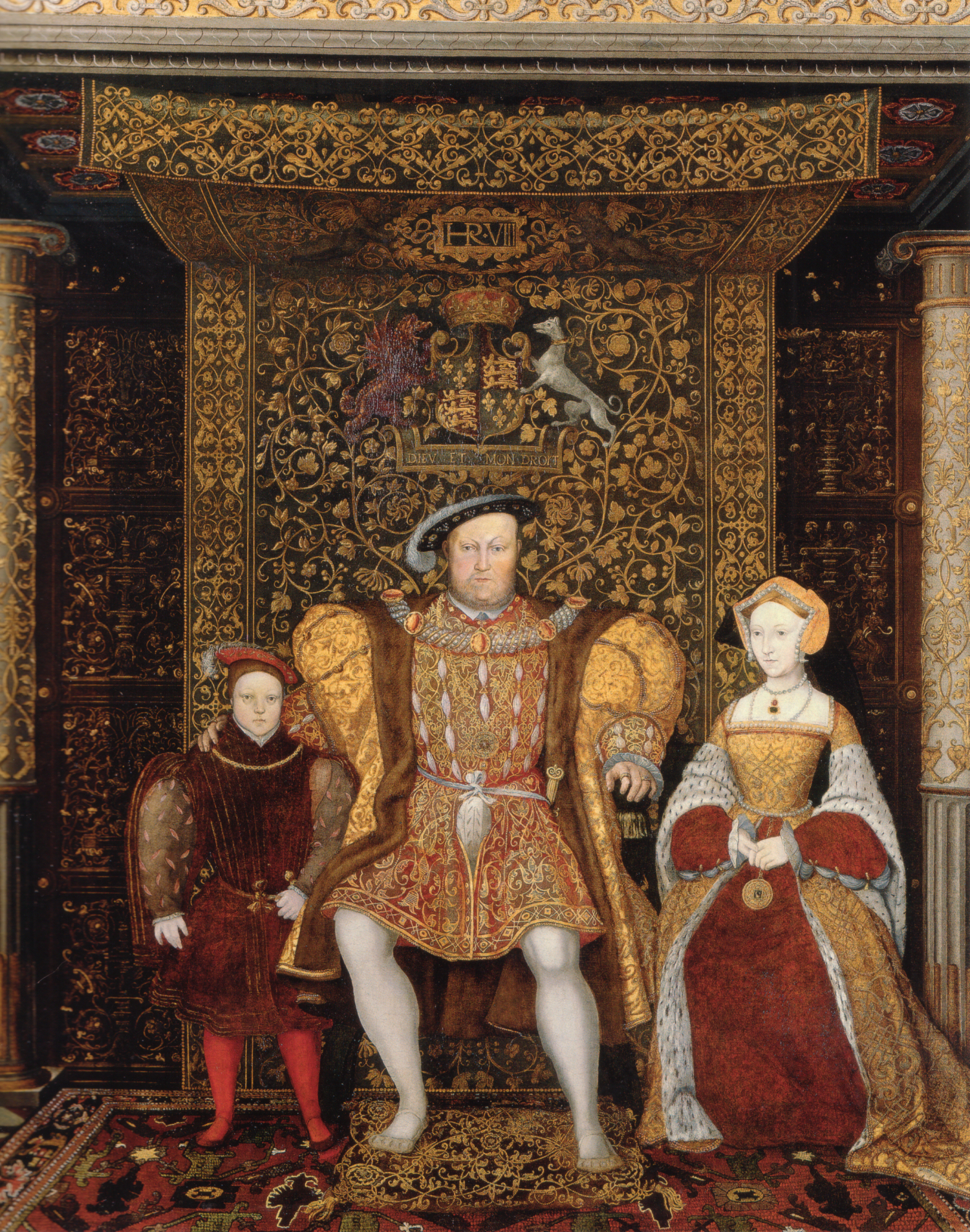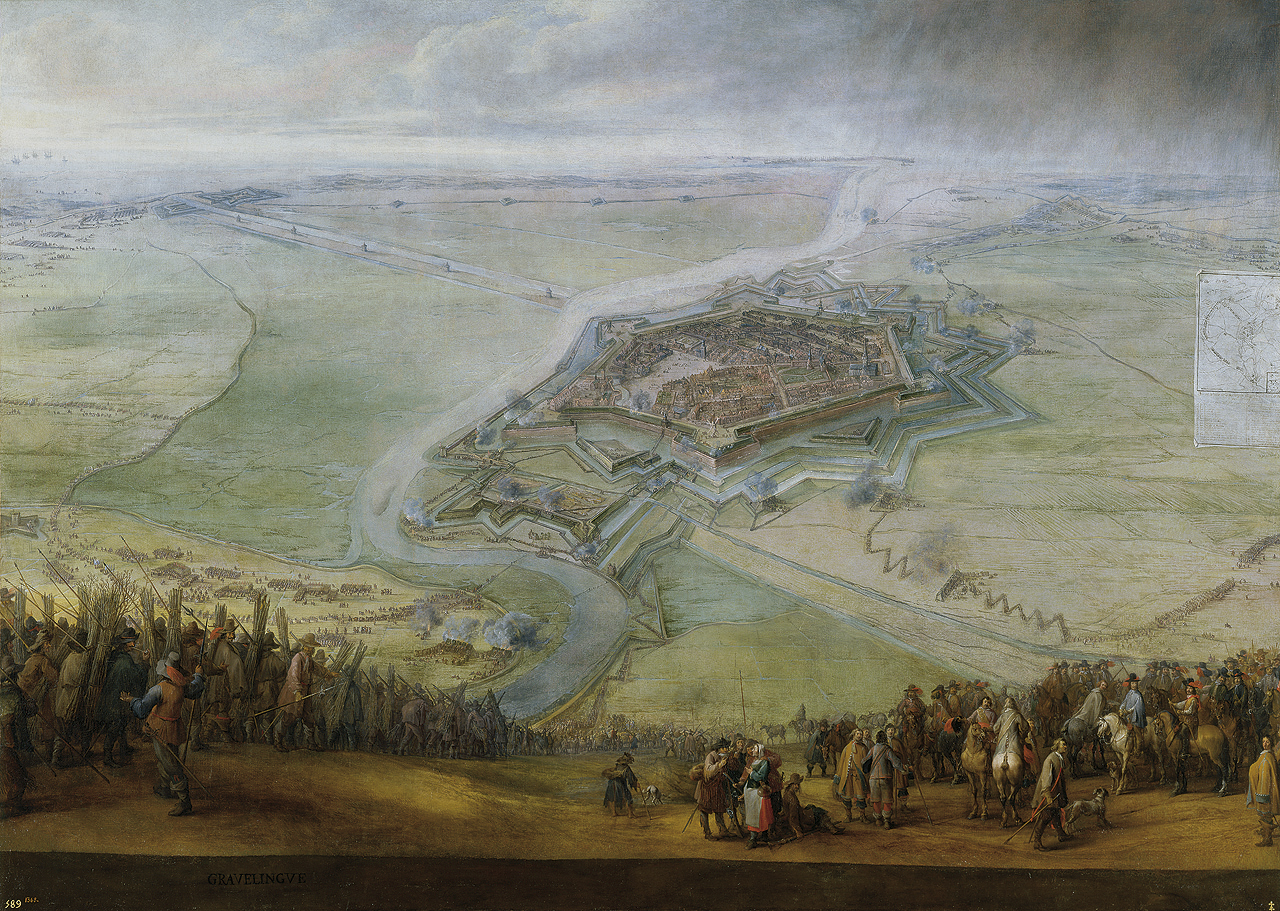|
William Clyff
William Cliffe, Clyffe or Clyff (died 1558) was an English churchman and lawyer, dean of Chester from 1547. Life Cliffe was educated at the University of Cambridge, where he graduated LL.B. in 1514. He was admitted advocate at Doctors' Commons on 16 December 1522, and graduated LL.D. in 1523. Clerical career Cliffe was commissary of the diocese of London between 1522 and 1529, instituted to the prebend of Twyford in St Paul's Cathedral in 1526. He was appointed archdeacon of London three years later, prebendary of Fenton in York Minster in 1532. He resigned the archdeaconry of London to become archdeacon of Cleveland in 1533, becoming precentor of York in 1534, and treasurer of York in 1538. On the suppression of the treasurer post in 1547, Cliffe was made dean of Chester. He kept this position for the rest of his life. Two living he held were Waverton, Cheshire, from 1533, and Standish, Lancashire, from 1552. Other Convocation sought Cliffe's advice, as a civil lawyer, on the ... [...More Info...] [...Related Items...] OR: [Wikipedia] [Google] [Baidu] |
Dean Of Chester
The Dean of Chester is based at Chester Cathedral in the Diocese of Chester and is the head of the Chapter at the cathedral. List of deans Early modern *1541 Thomas Clerk (first Dean of Chester) *1541–1547 Henry Man (afterwards Bishop of Sodor and Man 1546) *1547–1558 William Clyff *1560–1567 Richard Walker *1567–1572 John Piers (afterwards Dean of Salisbury 1572) *1572–1579 Richard Langworth *1579–1580 Robert Dorset *1580–1589 Thomas Mawdesley *1589–1602 John Nutter *1602–1605 William Barlow (afterwards Bishop of Rochester 1605) *1605–1607 Henry Parry (afterwards Bishop of Gloucester 1607) *1607–1644 Thomas Mallory *1644–1657 William Nichols *1660–1682 Henry Bridgeman (also Bishop of Sodor and Man 1671) *1682–1691 James Arderne *1691–1718 Lawrence Fogg *1718–1721 Walter Offley *1721–1732 Thomas Allen *1732–1758 Thomas Brooke *1758–1787 William Smith *1787–1805 George Cotton Late modern *1806–1815 Hugh Cholmondeley *1 ... [...More Info...] [...Related Items...] OR: [Wikipedia] [Google] [Baidu] |
Divorce Of Henry VIII
In common parlance, the wives of Henry VIII were the six queens consort of King Henry VIII of England between 1509 and his death in 1547. In legal terms, Henry had only three wives, because three of his marriages were annulled by the Church of England. However, he was never granted an annulment by the Pope, as he desired, for Catherine of Aragon, his first wife. Annulments declare that a true marriage never took place, unlike a divorce, in which a married couple end their union. Along with his six wives, Henry took several mistresses. Overview English historian and House of Tudor expert David Starkey describes Henry VIII as a husband:What is extraordinary is that in the beginning of Henry's marriages, he was usually a very good husband. He was very tender to them, research shows that he addressed some of his wives as "sweetheart." He was a good lover, he was very generous: the wives were given huge settlements of land and jewels. He was immensely considerate when they were pregn ... [...More Info...] [...Related Items...] OR: [Wikipedia] [Google] [Baidu] |
Archdeacons Of London
An archdeacon is a senior clergy position in the Church of the East, Chaldean Catholic Church, Syriac Orthodox Church, Anglican Communion, St Thomas Christians, Eastern Orthodox churches and some other Christian denominations, above that of most clergy and below a bishop. In the High Middle Ages it was the most senior diocesan position below a bishop in the Catholic Church. An archdeacon is often responsible for administration within an archdeaconry, which is the principal subdivision of the diocese. The ''Oxford Dictionary of the Christian Church'' has defined an archdeacon as "A cleric having a defined administrative authority delegated to him by the bishop in the whole or part of the diocese.". The office has often been described metaphorically as that of ''oculus episcopi'', the "bishop's eye". Roman Catholic Church In the Latin Catholic Church, the post of archdeacon, originally an ordained deacon (rather than a priest), was once one of great importance as a senior officia ... [...More Info...] [...Related Items...] OR: [Wikipedia] [Google] [Baidu] |
Deans Of Chester
The Dean of Chester is based at Chester Cathedral in the Diocese of Chester and is the head of the Chapter at the cathedral. List of deans Early modern *1541 Thomas Clerk (first Dean of Chester) *1541–1547 Henry Man (afterwards Bishop of Sodor and Man 1546) *1547–1558 William Clyff *1560–1567 Richard Walker *1567–1572 John Piers (afterwards Dean of Salisbury 1572) *1572–1579 Richard Langworth *1579–1580 Robert Dorset *1580–1589 Thomas Mawdesley *1589–1602 John Nutter *1602–1605 William Barlow (afterwards Bishop of Rochester 1605) *1605–1607 Henry Parry (afterwards Bishop of Gloucester 1607) *1607–1644 Thomas Mallory *1644–1657 William Nichols *1660–1682 Henry Bridgeman (also Bishop of Sodor and Man 1671) *1682–1691 James Arderne *1691–1718 Lawrence Fogg *1718–1721 Walter Offley *1721–1732 Thomas Allen *1732–1758 Thomas Brooke *1758–1787 William Smith *1787–1805 George Cotton Late modern *1806–1815 Hugh Cholmondeley * ... [...More Info...] [...Related Items...] OR: [Wikipedia] [Google] [Baidu] |
16th-century English Clergy
The 16th century begins with the Julian year 1501 ( MDI) and ends with either the Julian or the Gregorian year 1600 ( MDC) (depending on the reckoning used; the Gregorian calendar introduced a lapse of 10 days in October 1582). The 16th century is regarded by historians as the century which saw the rise of Western civilization and the Islamic gunpowder empires. The Renaissance in Italy and Europe saw the emergence of important artists, authors and scientists, and led to the foundation of important subjects which include accounting and political science. Copernicus proposed the heliocentric universe, which was met with strong resistance, and Tycho Brahe refuted the theory of celestial spheres through observational measurement of the 1572 appearance of a Milky Way supernova. These events directly challenged the long-held notion of an immutable universe supported by Ptolemy and Aristotle, and led to major revolutions in astronomy and science. Galileo Galilei became a champion o ... [...More Info...] [...Related Items...] OR: [Wikipedia] [Google] [Baidu] |
1558 Deaths
__NOTOC__ Year 1558 ( MDLVIII) was a common year starting on Saturday (link will display the full calendar) of the Julian calendar. Events January–June * January 7 – French troops, led by Francis, Duke of Guise, take Calais, the last continental possession of the Kingdom of England, in the Siege of Calais. * January 22 – The Livonian War begins. * February 2 – The University of Jena is founded in Thuringia, Germany. * February 5 – Arauco War: Pedro de Avendaño, with sixty men, captures Caupolicán (the Mapuche Gran Toqui), who is leading their first revolt against the Spanish Empire (near Antihuala), encamped with a small band of followers. * March 8 – The city of Pori ( sv, Björneborg) was founded by Duke John on the shores of the Gulf of Bothnia. * April 24 – Mary, Queen of Scots, marries Francis, Dauphin of France, at Notre Dame de Paris. July–December * July 13 – Battle of Gravelines: In France, Spanish fo ... [...More Info...] [...Related Items...] OR: [Wikipedia] [Google] [Baidu] |
Year Of Birth Missing
A year or annus is the orbital period of a planetary body, for example, the Earth, moving in its orbit around the Sun. Due to the Earth's axial tilt, the course of a year sees the passing of the seasons, marked by change in weather, the hours of daylight, and, consequently, vegetation and soil fertility. In temperate and subpolar regions around the planet, four seasons are generally recognized: spring, summer, autumn and winter. In tropical and subtropical regions, several geographical sectors do not present defined seasons; but in the seasonal tropics, the annual wet and dry seasons are recognized and tracked. A calendar year is an approximation of the number of days of the Earth's orbital period, as counted in a given calendar. The Gregorian calendar, or modern calendar, presents its calendar year to be either a common year of 365 days or a leap year of 366 days, as do the Julian calendars. For the Gregorian calendar, the average length of the calendar year (the mea ... [...More Info...] [...Related Items...] OR: [Wikipedia] [Google] [Baidu] |
Bishops' Book
The Thirty-nine Articles of Religion (commonly abbreviated as the Thirty-nine Articles or the XXXIX Articles) are the historically defining statements of doctrines and practices of the Church of England with respect to the controversies of the English Reformation. The Thirty-nine Articles form part of the ''Book of Common Prayer'' used by the Church of England, the U.S. Episcopal Church, and the Anglican Church in North America among other denominations in the worldwide Anglican Communion and Anglican Continuum. When Henry VIII broke with the Roman Catholic Church and was excommunicated, he began the reform of the Church of England, which would be headed by the monarch (himself), rather than the pope. At this point, he needed to determine what its doctrines and practices would be in relation to the Church of Rome and the new Protestant movements in continental Europe. A series of defining documents were written and replaced over a period of thirty years as the doctrinal an ... [...More Info...] [...Related Items...] OR: [Wikipedia] [Google] [Baidu] |
Sir Richard Cotton
Sir Richard Cotton (in or before 1497 – 1556), was a courtier in the court of Henry VIII of England. He came from Shropshire and began his career as a lawyer before entering the king's service. His elder brother George Cotton was in charge of the household of the king's son Henry, Duke of Richmond at Sheriff Hutton Castle, and Richard served there as comptroller. The king granted him property in Bedhampton, Hampshire and Bourne, Lincolnshire. He became privy councillor in May 1552. He was knight of the shire for Hampshire Hampshire (, ; abbreviated to Hants) is a ceremonial and non-metropolitan county in western South East England on the coast of the English Channel. Home to two major English cities on its south coast, Southampton and Portsmouth, Hampshire ... in 1553 and Cheshire in 1554. References * * Birkbeck, J.D. A History of Bourne.(1976) * Davies, Catharine. Oxford Dictionary of National Biography 1490s births 1556 deaths Year of death unknown Year ... [...More Info...] [...Related Items...] OR: [Wikipedia] [Google] [Baidu] |
Civil Lawyer
Civil law is a legal system originating in mainland Europe and adopted in much of the world. The civil law system is intellectualized within the framework of Roman law, and with core principles codified into a referable system, which serves as the primary source of law. The civil law system is often contrasted with the common law system, which originated in medieval England. Whereas the civil law takes the form of legal codes, the law in common law systems historically came from uncodified case law that arose as a result of judicial decisions, recognising prior court decisions as legally-binding precedent. Historically, a civil law is the group of legal ideas and systems ultimately derived from the ''Corpus Juris Civilis'', but heavily overlain by Napoleonic, Germanic, canonical, feudal, and local practices, as well as doctrinal strains such as natural law, codification, and legal positivism. Conceptually, civil law proceeds from abstractions, formulates general principles, and ... [...More Info...] [...Related Items...] OR: [Wikipedia] [Google] [Baidu] |
University Of Cambridge
, mottoeng = Literal: From here, light and sacred draughts. Non literal: From this place, we gain enlightenment and precious knowledge. , established = , other_name = The Chancellor, Masters and Scholars of the University of Cambridge , type = Public research university , endowment = £7.121 billion (including colleges) , budget = £2.308 billion (excluding colleges) , chancellor = The Lord Sainsbury of Turville , vice_chancellor = Anthony Freeling , students = 24,450 (2020) , undergrad = 12,850 (2020) , postgrad = 11,600 (2020) , city = Cambridge , country = England , campus_type = , sporting_affiliations = The Sporting Blue , colours = Cambridge Blue , website = , logo = University of Cambridge logo ... [...More Info...] [...Related Items...] OR: [Wikipedia] [Google] [Baidu] |






.png)
